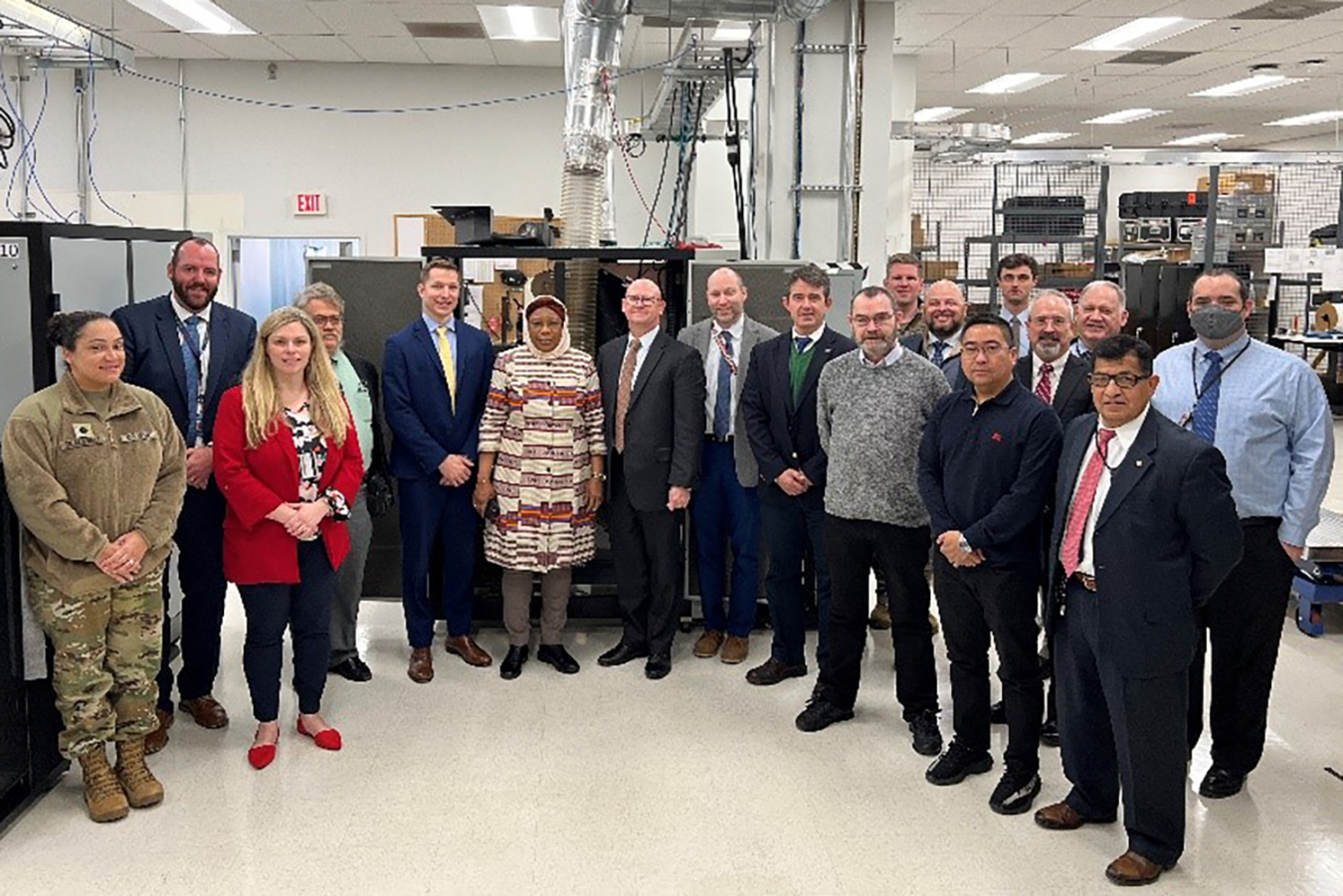The director of the International Data Centre Division at the Preparatory Commission for the Comprehensive Nuclear-Test-Ban Treaty Organization recently visited the Washington, D.C., area to discuss U.S. support for her agency and its mission.
National Nuclear Security Administration
December 30, 2022
Dr. Zeinabou Mindaoudou Souley, Director of the International Data Centre Division at the Preparatory Commission for the Comprehensive Nuclear-Test-Ban Treaty Organization (CTBTO PrepCom), recently visited the Washington, D.C., area to discuss U.S. support for her agency and its globe-monitoring mission.
Located in the CTBTO PrepCom’s headquarters in Vienna, the IDC collects, processes, and analyzes monitoring data from facilities around the world to help establish if a detected event is – or is not – a nuclear explosive test. It’s a key international nonproliferation capability.
“We greatly value the strong relationship we have with the United States,” Mindaoudou Souley said. “U.S. support helps us every day to do the important work of the CTBTO PrepCom, and we look forward to growing our partnership to deter and detect nuclear explosive tests.”
Mindaoudou Souley first visited Hughes Network Systems in Germantown, Maryland, which operates the links tying the worldwide International Monitoring System (IMS) to IDC headquarters.
She also visited General Dynamics Mission Systems in Chantilly, Virginia, which operates all 11 of U.S. radionuclide stations under contract to the Defense Threat Reduction Agency (DTRA). U.S. IMS stations include seismic, infrasound, hydroacoustic, and radionuclide detectors plus an IMS Radionuclide Laboratory at Pacific Northwest National Laboratory.
The Director saw examples of GDMS support for current particulate and noble gas collection and analysis systems. The IMS currently has 72 certified radionuclide stations worldwide, 25 of which have both particulate and noble gas equipment. GDMS is preparing to support Xenon International, a next generation U.S.‑designed and built noble gas system that was recently approved for IMS use.
Joining the Director were U.S. experts from NNSA, DTRA, the Department of State, and the Air Force Technical Applications Center, which operates the U.S. National Data Center, which is the where the U.S. receives data from the IDC.
“We are proud of the strong U.S. support provided to the CTBTO PrepCom, and that Dr. Mindaoudou Souley was able to discuss U.S. government plans for continued support for the IDC and the entire international nuclear explosion monitoring and verification effort,” said Corey Hinderstein, Deputy Administrator for Defense Nuclear Nonproliferation.
U.S. support for the CTBTO PrepCom focuses on completing and strengthening the international nuclear explosion monitoring and verification regime. It supports a number of IDC initiatives, including the IDC Re‑engineering project, Regional Seismic Travel Time software, and efforts to better understand radionuclide emissions from manmade sources. U.S. support helps IDC analysts focus their attention on events that could be small underground nuclear explosive tests while not being distracted by the thousands of benign events detected every day.

